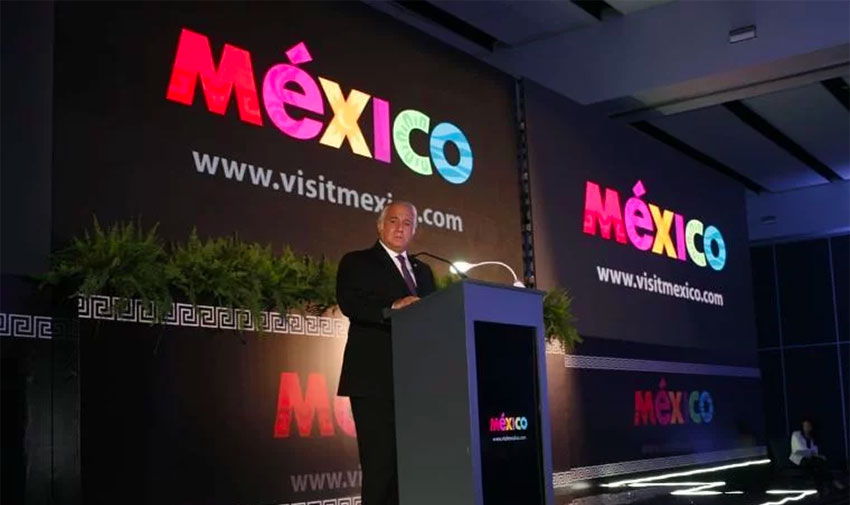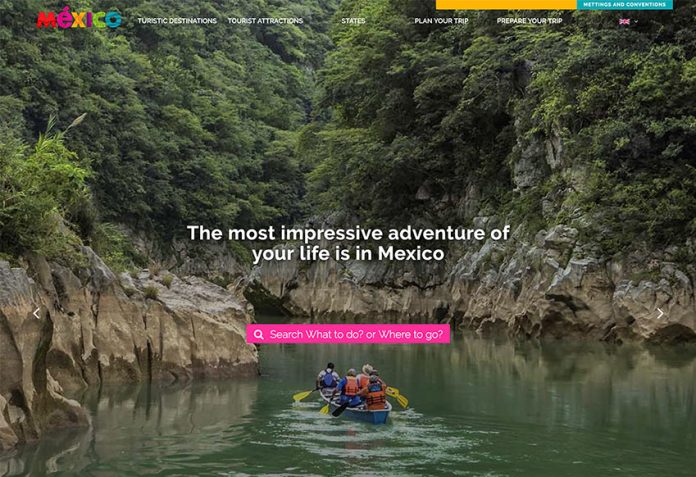The Visit México tourism promotion platform has been relaunched with private sector funding.
Over the next five years, business will invest an estimated 1.8 billion pesos (US $90 million) in the website, which was previously administered by the now-defunct Tourism Promotion Council.
Tourism Secretary Miguel Torruco told a relaunch event yesterday that “not a peso” of public money will go to the site thanks to an agreement struck with the private sector.
The platform’s managers will seek additional investment from tourism service providers and a range of national and international partners, he said.
Google, Discovery Channel and hotel company Grupo Posadas have already committed to investing in the website, while the government’s Tourism Diplomacy Council will collaborate with the private sector on the digital marketing strategy for Mexico’s tourism sector.

The strategy will be led by businessman Marcos Achar, who is the new chief of the platform.
In May, Achar and his business partners acquired the digital marketing company Braintivity, which previously had a contract with the Secretariat of Tourism (Sectur).
The updated Visit México site features pages for each of Mexico’s 31 states and the capital. Each page contains information about local destinations and attractions. Tourism companies will be able to offer their products and services to potential visitors.
Among the articles that are currently on the state-based pages are: Try the Lobster Tacos and other Rosarito Delights (Baja California); Breathe in the Fresh Air of the Chapultepec Forest (Mexico City); and Rejuvenate Yourself in the Ruins of Mitla (Oaxaca).
Information is available in 10 languages: Spanish, English, Russian, Portuguese, German, French, Italian, Japanese, Korean and Chinese.
Sectur said on Twitter that the new site has three main aims: digitalization and modernization of the tourism industry, promotion based on data and the attraction of more tourists through the provision of better information and more content.
Speaking at yesterday’s event, Achar stressed that the Visit México brand remains the property of the government but added that tourism companies, states and municipalities will now be able to make greater use of it.
He predicted that Mexico’s tourism industry will go from strength to strength as a result.
A record 41.4 million international tourists came to Mexico last year, 5.5% more than in 2017, but the increase wasn’t enough to prevent Mexico’s descent from sixth place to seventh on the World Tourism Organization’s (WTO) ranking of most-visited countries in 2018.
The tourism sector currently contributes about 9% of national GDP but to grow that figure, Achar contended that Mexico has to attract and receive visitors with offerings beyond tequila and mariachi.
Source: El Economista (sp)
